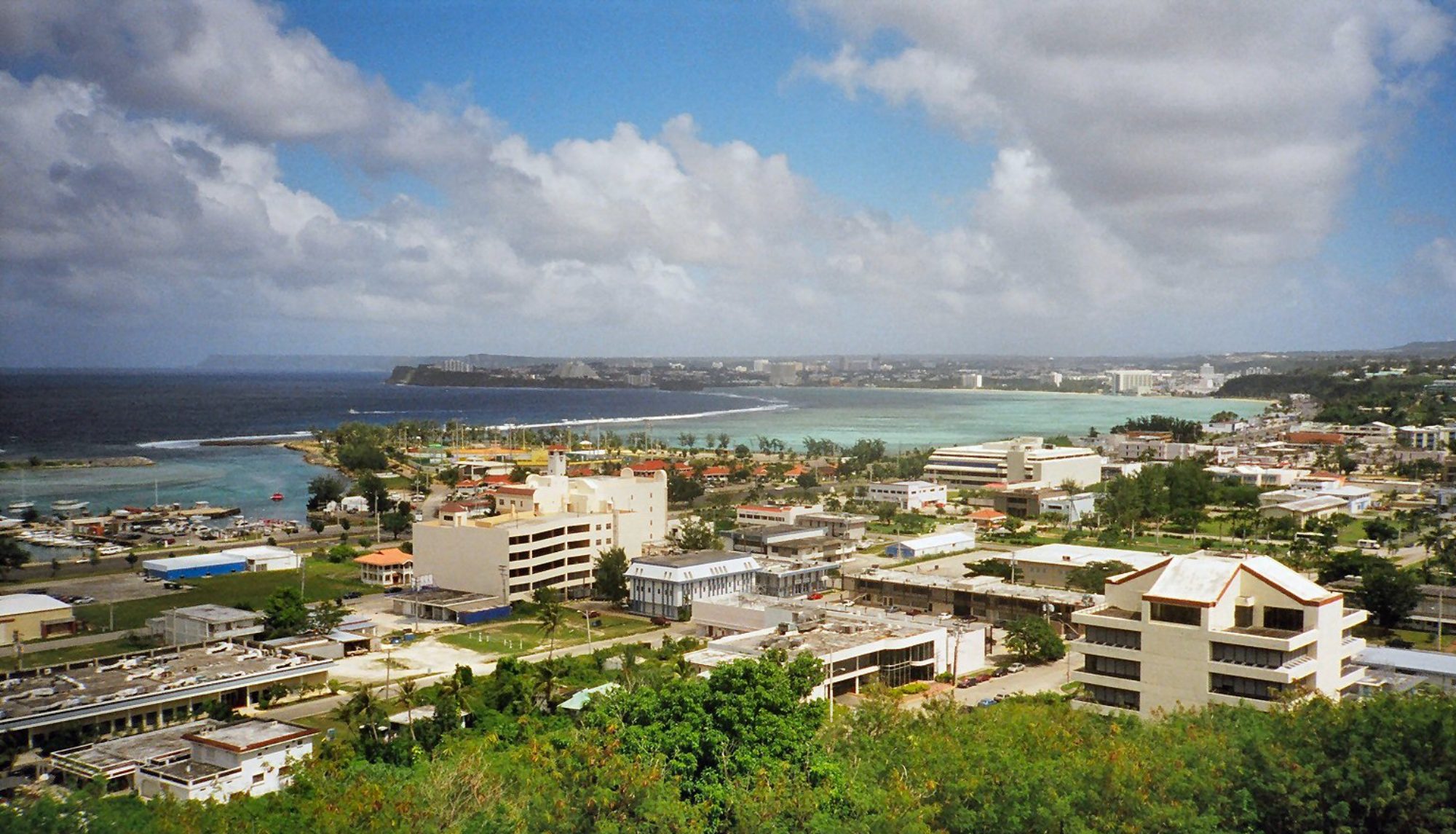
My day on Nauru, the world’s smallest republic, began at 5:45am when the plane arrived. After it flew away and came back again, my day on Nauru finished at 6:25pm that evening.
My visit was before Nauru came to notoriety as part of Australia’s “Pacific Solution” policy, and the offshore processing of refugee claims of those who arrived in Australia by boat. While I take a dim view of that policy and its humanitarian impact, this site is about what I found there on my visit in 1999.
By area, Nauru is the world’s smallest country (by area) that is not a city state, and third smallest overall after only the Vatican and Monaco, at only 21 square kilometres. (Next smallest is Tuvalu at 26 square kilometres, another Pacific island nation, which I visited in 2010.) I had a tour of the island – it only took 2 hours. It was the first and only time I have taken a comprehensive tour of an entire country for only AUD$25. The circumference of Nauru is only about 20km.
Liveable space is around the outside of the island. The airport runway takes up significant space, running alongside the parliament, government offices and high school. When planes land, they taxi over the main road to get to the airport terminal. The Menen Hotel, where I stayed, was around the island and situated on Anibare Bay, which I found had a pleasant beach under the palm trees.
Nauru was a phosphate island, and its interior had been mined for many years, leaving only coral pinnacles behind. I saw it in dire need of ecological rehabilitation.
There were remnants of how it all worked – once. The interior of the island was mined out, leaving only pinnacles behind. There were old conveyor belts that loaded the phosphate rock, and giant cantilever loading arms that took the phosphate out to ships standing offshore. I saw some diggers working to mine an area of phosphate, but otherwise, most of the machinery sat quiet.
My 1999 observation was “Who knows what will happen to Nauru when the phosphate (and therefore income) runs out?” Little did I know that a darker chapter in Nauru’s history would begin in 2001, with the start of people-processing. Over the years, I’ve been saddened to see that Nauru’s politics have become damaged, and its tiny democracy has been threatened by more autocratic governments of recent years. Has the Pacific Solution given cover to this change?
What does the future have in store for this tiny Pacific country?
Attribution: Flag icon made by Freepik from www.flaticon.com



















